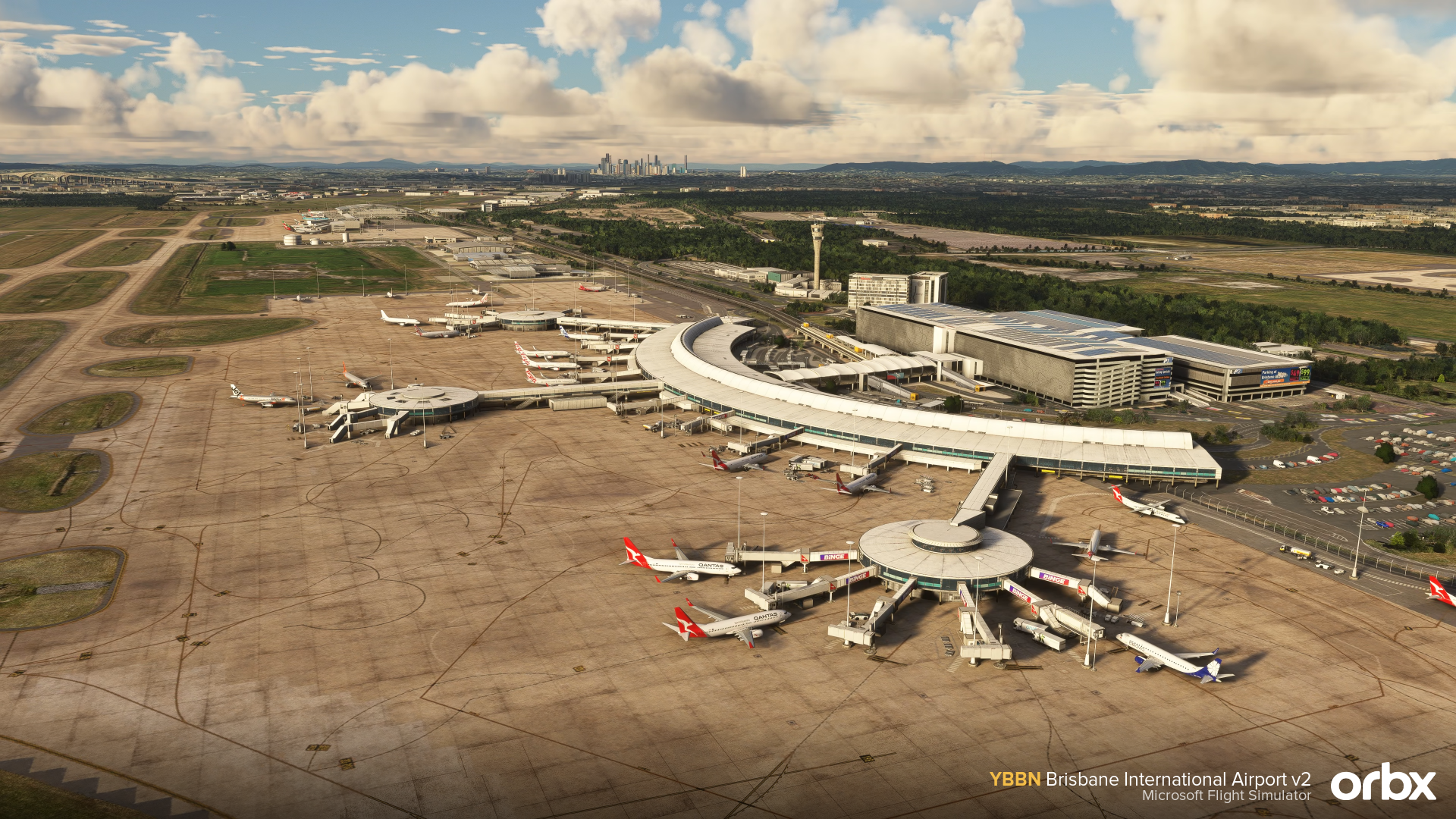After dozens of previews, many speculations, and a little over a year and five months since the initial announcement, the Microsoft Flight Simulator 2024 has finally been released. This is a sequel to an older version of Microsoft’s flight simulator, released in August 2020.
New Features
We all know what flight simulators are all about: taking off, cruising, and landing. These are the main things we could do. The Microsoft Flight Simulator 2020 took the simulation to a brand new level, introducing features such as bush trips or landing challenges. Before this sim, we had never seen such a thing natively in the sim.
And when we thought it was already a lot, the Microsoft Flight Simulator 2024 entered as the knight in shining armour, bringing us features that no one would ever even dream of.
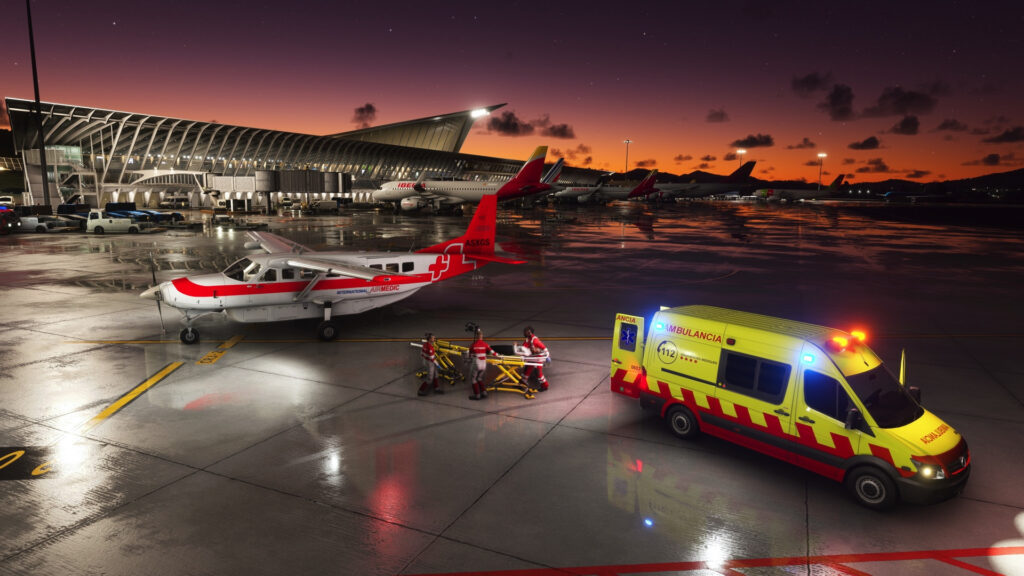

Career mode is something that we have seen in simulators as a form of different add-ons. However, it was never a native function. And that is exactly the main new feature implemented by Microsoft. We now have access to a variety of pathways, such as agriculture, photo safari, cargo transport, firefighting, banner towing, medical missions, or research flights.
Another feature that can be easily spotted is a free-walk mode. Thanks to this, we can do proper walkarounds without additional add-ons. We also get improved wake turbulence effects. The flight planning experience is vastly expanded, featuring real-time monitoring, detailed route planning, and integrated VFR/IFR tools accessible both in-game and online. Updated systems cover electrical, pneumatic, fuel, and hydraulic functions, with a new wear-and-tear system and overhauled payload and passenger mechanics.
The simulator also received a new cloud system compared to its older brother. Cirrus clouds were implemented, as well as a fully simulated aurora borealis.
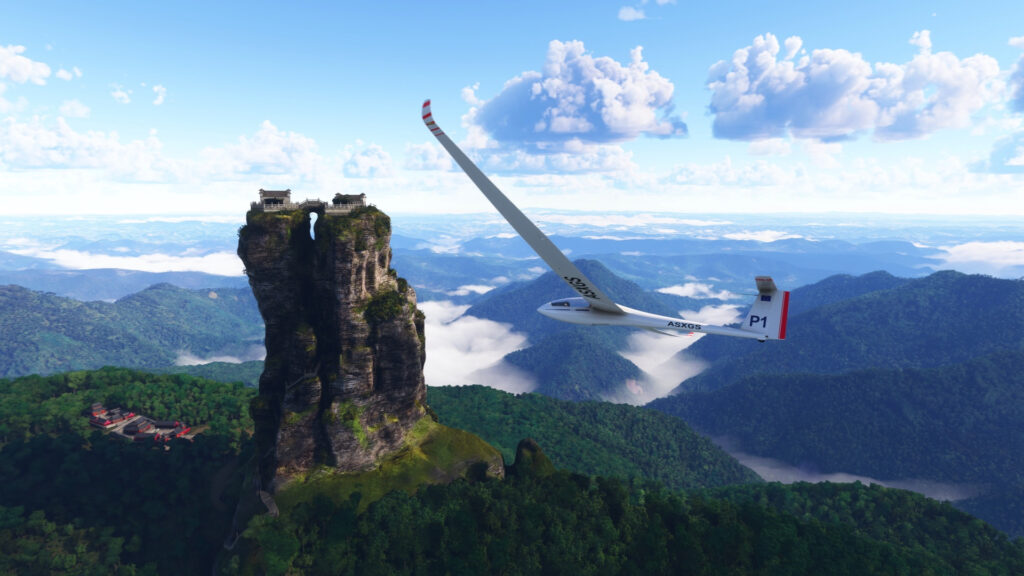
Apart from all of the new features, we also get everything that we could see in previous years. Microsoft Flight Simulator 2024 includes world mapping, flight physics, and a variety of aircraft with interactive cockpits. The simulator offers live weather data, real-time air traffic, and multiplayer mode. Players can access handcrafted airports, dynamic runways, and landscapes with seasonal effects, and experience VR support and customizable camera views. Training missions, flight assistance, scenic routes, and community mods also add to the experience, creating a user-friendly flight simulator software that is easy to learn and has been enjoyed by users for many years.
Microsoft Flight Simulator 2024 Requirements
The minimum system requirements for Microsoft Flight Simulator 2024 are fairly accessible, meaning that most gamers should be able to run the game. The recommended CPUs, such as the AMD Ryzen 5 2600X and Intel Core i7-6800K, are now several years old and were mid-range at launch. As a result, most modern gaming PCs will easily meet this requirement. Similarly, the 16GB of RAM suggested is a standard spec for most gaming systems in recent years. The recommended graphics cards, like the AMD Radeon RX 5700 or NVIDIA GeForce GTX 970, are also widely available, and more than half of respondents in the latest Steam hardware survey use cards that meet or exceed these benchmarks.
One important consideration, however, is the internet speed. Unlike many games that can be played offline, Microsoft Flight Simulator 2024 relies on live data streaming for real-time weather updates and some cloud-based processing. The game’s minimum bandwidth requirement of 10 Mbps is modest, and most people shouldn’t have problems with that.
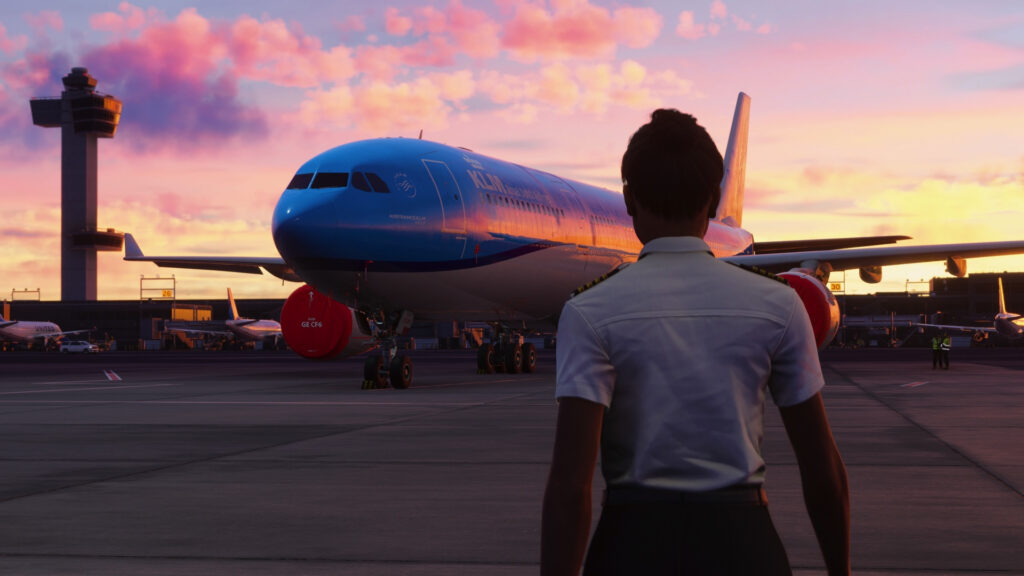
Additionally, while Windows 10 is currently the recommended operating system for the game, it will lose official support, including security updates, in October 2025. Players should plan to upgrade to Windows 11 before then. Microsoft has stated that the game should be playable at 1080p with 70% resolution scaling and 30 FPS on low settings with these minimum specs.
Available Editions
Similarly to the previous simulator, the developers introduced different editions that vary by the amount of content inside and, obviously, a price tag. There are four editions available. Three of them were available in the previous rendition.
Standard Edition
This is the most basic edition we can get for $69.99. In this version, we received 70 aircraft in total, 30 more than in the Standard edition of the 2020 simulator, and 150 handcrafted airports. Old aircraft will get updates and improvements. Worth mentioning is the comeback of an infamous hot air balloon to the sim, which in FSX became a sort of meme with people trolling other users with it or could achieve crazy speeds.
Some of the most interesting new aircraft we can find are Airbuses – the A321LR, the A400M, the A330 in all CEO variants, and the A330-700, also known as Beluga XL. All of these were created by iniBuilds. Apart from these, Microsoft has teamed up with many more developers to create base package products such as Blackbird Simulations, DC Designs, Carenado, and Got Friends.

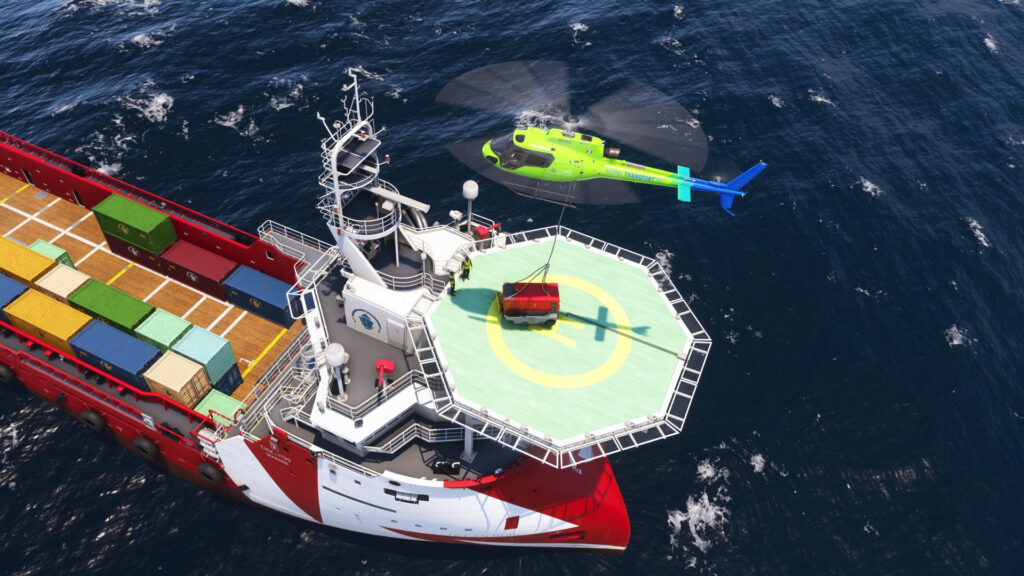
Deluxe Edition
For 30 dollars more, we can upgrade ourselves to a Deluxe Edition retailing for $99.99. With this upgrade, we received ten more aircraft compared to the Standard edition and five more handcrafted airports. This edition brings mainly Cessna aircraft, so it’s mainly for the general aviation geeks out there.
Premium Deluxe Edition
The Premium Deluxe doesn’t need to be introduced, in Microsoft Flight Simulator 2020 it was known for the Boeing 787-X which was included. In the 2024 version, we get 95 aircraft, which is 25 more than in the Standard edition, and ten more than in 2020. Premium Deluxe includes ten more airports compared to the Standard edition, bringing it to 160 airports in total. The price of this edition is $129.99.
The Premium Deluxe version also brings the Saab 340B by Carenado, this developer created the exact model as a payware add-on to the X-Plane simulation world, which gained broad popularity and was praised for its quality construction. Additionally, two jumbo jets can be found in two special configurations, dreamlifter and supertanker. Both of these are -400 variants so we might see some modifications to the base Boeing 747-800 to the older variant.
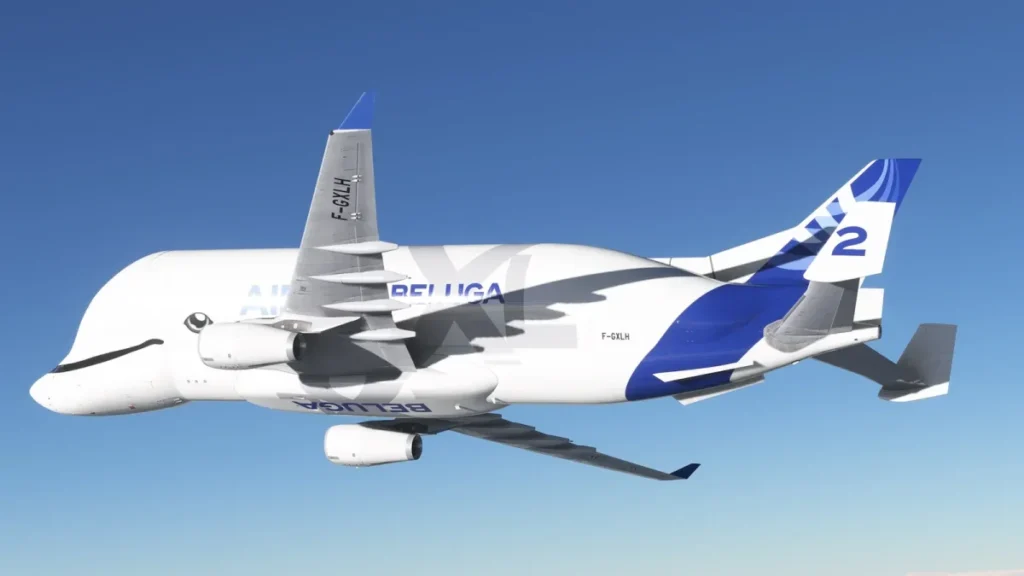
Aviator Edition
The Aviator Edition is a new variant introduced that we haven’t seen in Microsoft Flight Simulator 2020. This edition gets us an astonishing number of 125 aircraft in total, meaning we get 30 aircraft more than in Premium Deluxe. However, we have seen those before. All of those are Asobo’s add-ons released for the previous version of the simulator, such as local legends and famous flyers, and also the Antonov An-225 with the ATR 42/72-600.
This edition retails for $199.99 which is almost triple the price of the Standard edition. This variant is not appealing to people who have purchased those aircraft before, because the purchases can transfer from one sim to another if you purchase it on the same platform. On the other people who want to have a load amount of aircraft and haven’t purchased any of Asobo’s add-ons might take a shot as this calculates to around 1 aircraft for $1.5.
Want to dive deeper into the aircraft and airports in the simulator? Discover the Complete Aircraft List here and the Scenery List here!
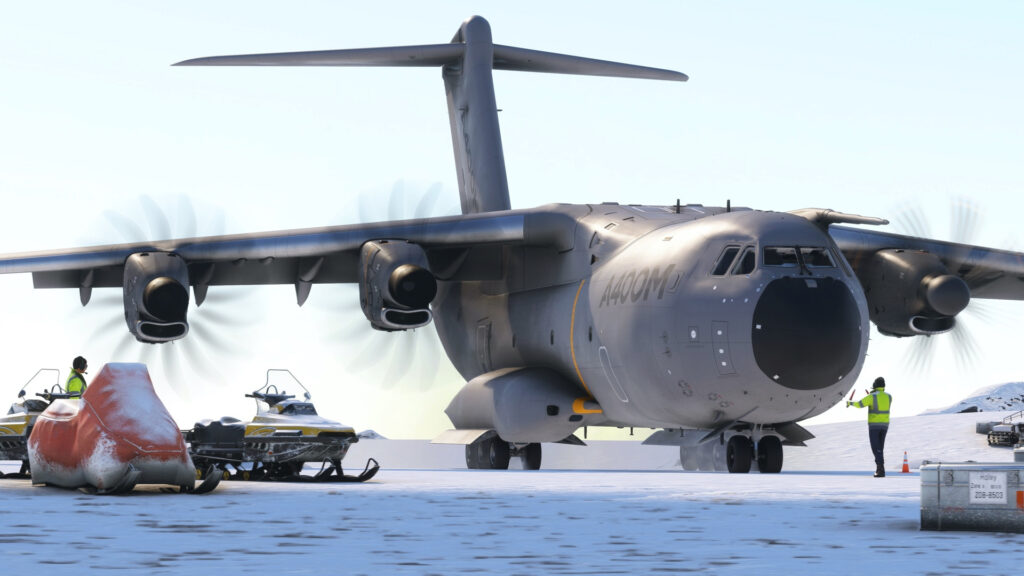

A Brief History of Microsoft Flight Simulator
Microsoft Flight Simulator has evolved over four decades, becoming a widely recognized title in simulation. It began in 1982 with Microsoft Flight Simulator 1.0, one of the earliest flight simulators for personal computers, developed from a program by Bruce Artwick. This initial release featured basic graphics and flight mechanics.
In 1984, Microsoft Flight Simulator 2.0 added new locations and improved visuals. Each successive version introduced new functions: Microsoft Flight Simulator 3.0 (1988) offered different viewpoints, and Microsoft Flight Simulator 4.0 (1989) allowed players to modify scenery. By 1993, Microsoft Flight Simulator 5.0 featured VGA graphics, enabling more realistic landscapes. Followed by Microsoft Flight Simulator 98, which introduced multiplayer and helicopters.
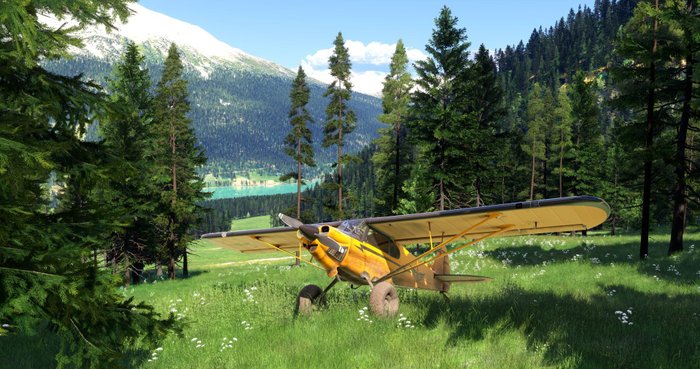
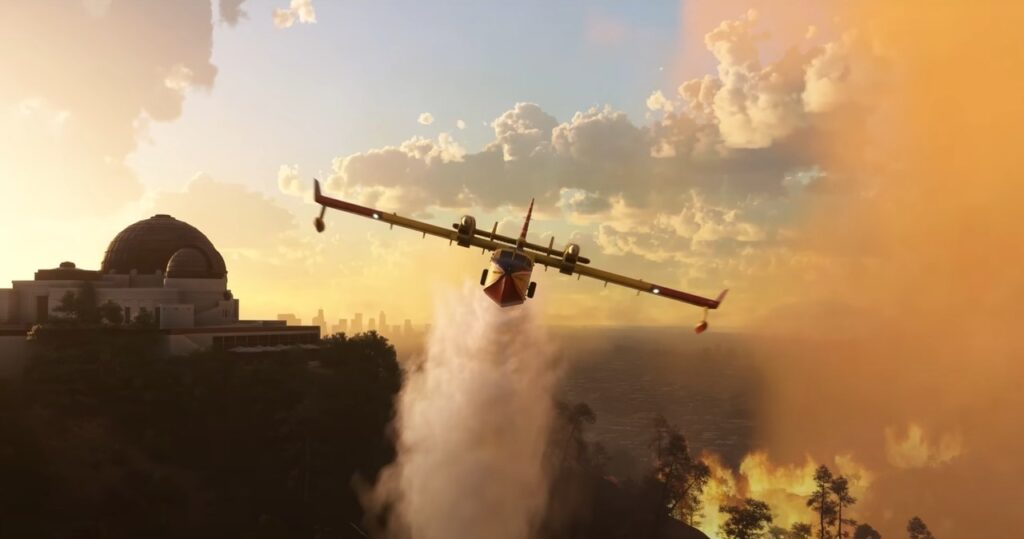
Microsoft Flight Simulator 2000 and 2002 added air traffic control, AI aircraft, and expanded global scenery. In 2003, Microsoft Flight Simulator 2004 marked 100 years of aviation with historic aircraft and flight challenges. In 2006, Microsoft Flight Simulator X (FSX) set a standard with missions, enhanced scenery, and updated physics.
After a 14-year hiatus, Microsoft Flight Simulator 2020 returned with technology incorporating real-world satellite data, live weather, and an AI-powered recreation of Earth. Microsoft Flight Simulator 2024 continues this progression with new career modes, an advanced aerodynamic engine, and system updates.
If you want to learn deeper about the Microsoft Flight Simulator history check Tim’s Simcident report, about its raise and fall.
Summary
As you can see the brand-new Microsoft Flight Simulator 2024 is a game-changing release, and while some people might call it just a ‘Microsoft Payware Mission Update’ we still get a large amount of features followed by improvements making it an interesting thing to look at.
And yes there is still no map update, but as far as we here at FSNews are concerned, the globe isn’t getting bigger nor do we have information about Microsoft implementing Mars flights to the sim anytime soon.
If you want to purchase the simulator you can do it on the Microsoft Store or Steam.
Feel free to join our Discord server to share your feedback on the article, screenshots from your flights or just chat with the rest of the team and the community. Click here to join the server.


